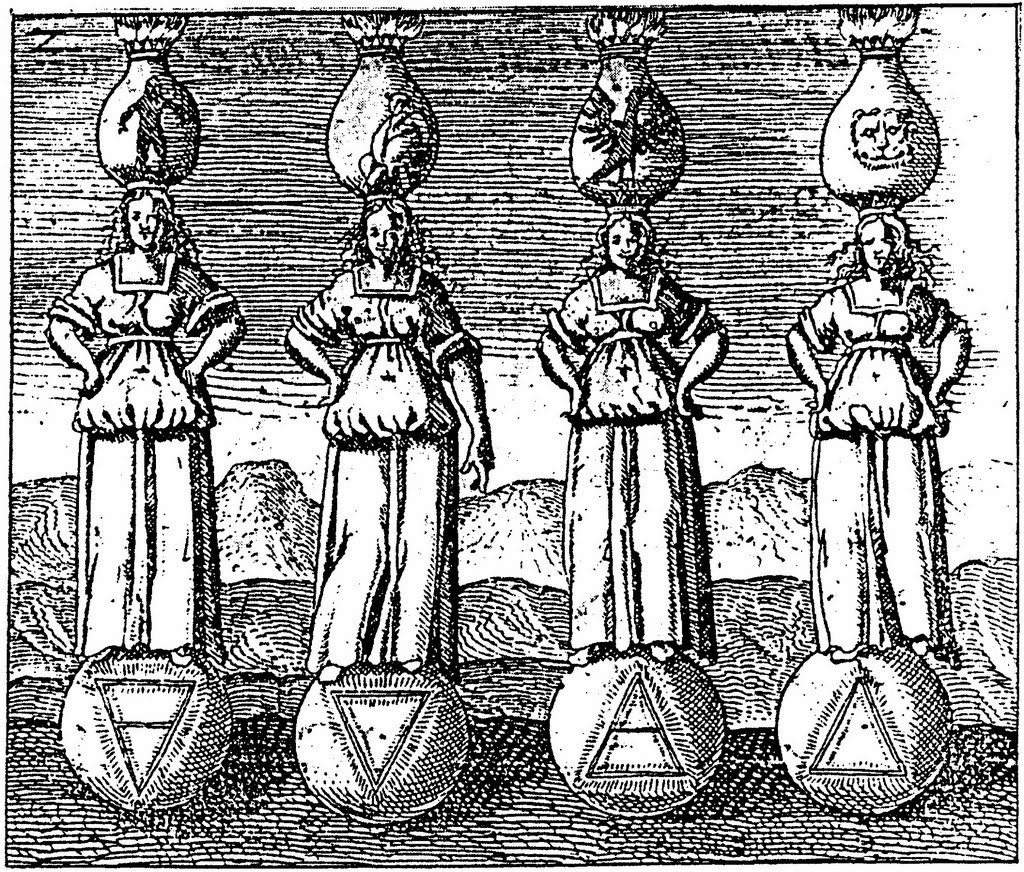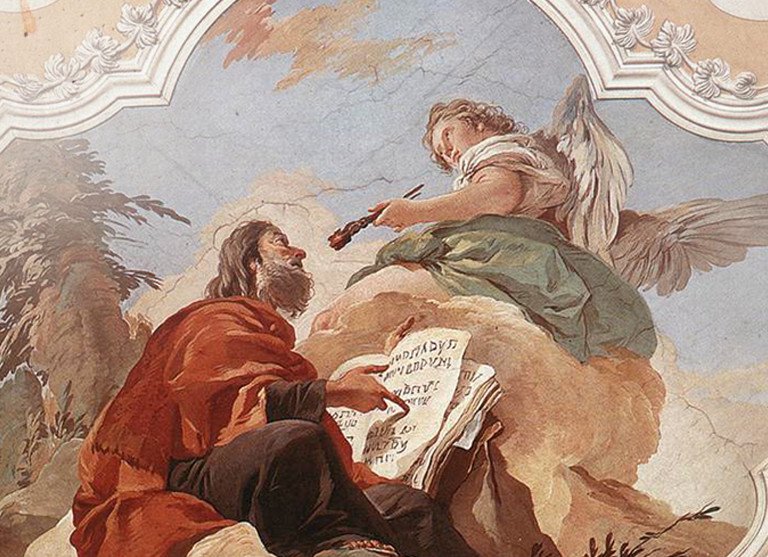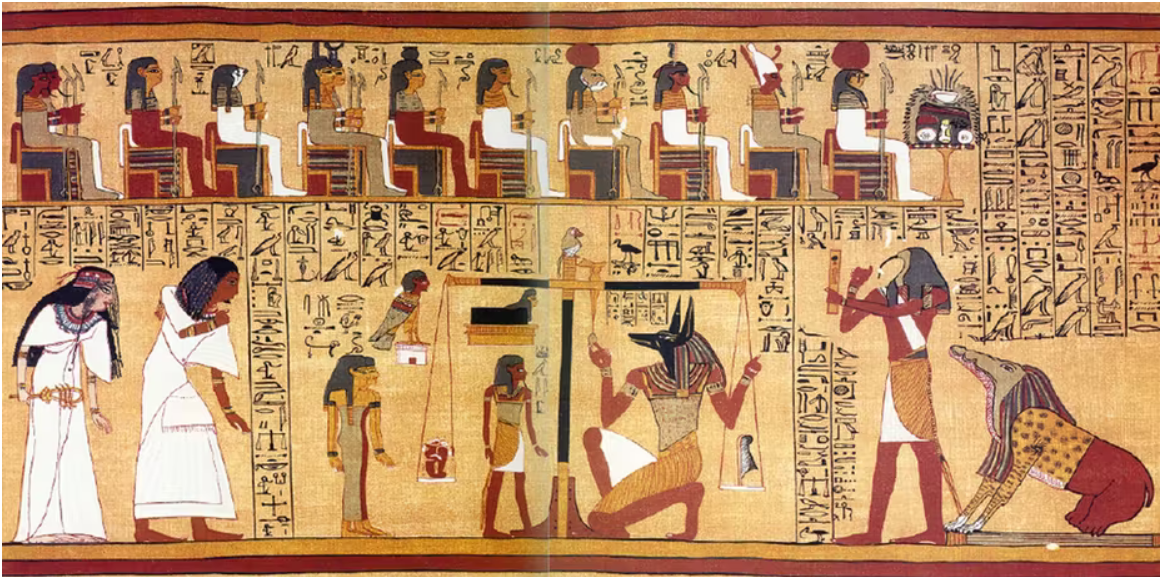The Alchemy from the “Neverending Story” movie
Disclaimer
The intention of this content is to expand awareness about certain places, myths and stories told at some point by humanity. Much of the information may not be scientifically supported or may contradict current theories. Knowledge, throughout history, is constantly updated, constructed or replaced when there is greater understanding. Therefore, we want to build a serious approach, within free thought, and in its use in a beneficial way for collective evolution. If you like this content, please consider to follow us on Instagram and Youtube for more.
A Neverending Story is an amazing movie for those who, like me, watched it as a child. The film with its fantastic theme is a full plate for the cinematic movement of the 80's that has several other amazing works. But, children's story aside, few know that in this tale there are several elements that are not explored in the film and refer to hidden and ancient teachings.
Early in the film we see the beginning of Bastian's journey to adulthood. His father tries to frame him in a dull reality where dreams must be put aside, starting the process of disintegration of his childhood. Here we also see the beginning of the Hero's Journey, where after being bullied by the school's villains, Bastian enters an old bookstore, meeting a man who will help him cross the portal to his great adventure.
The old man has similarities with the Mage archetype who is the one who guides and instructs most of the time without directly influencing. The crossing of the portal depends only on the one who does it, and it is the role of the Magician to guide and guide this process, as in many myths and initiation processes. Some examples here in other stories are: Merlin, Gandalf, Saint John the Baptist, Morpheus, Dumbledore, Yoda, among others.
Another interesting point to note here is Bastian's “theft” of the Neverending Story book to start the story. The boy is tested by the bookseller to see if he really has the right spirit to continue the journey, showing that only those who have the courage can cross the first portal.
The Endless Story book, with Auryn, amulet of the hero Atreyu, similar to Ouroboros.
After that, the story begins in a very interesting environment with the mythical creatures of Fantasia. These creatures are divided into four types: earth, air, fire and water, as well as four different cardinal points. This analogy speaks to the symbology of four as an earthly number, representative of the body, world and physical matter. This world, as the characters themselves mention, is falling apart to make way for “Nothing”. There is also a similarity to the four alchemical elements key to personal transformation as we will see shortly.
The Four Alchemic Elements
The “Nothing” here can be seen as the simple process of losing the creativity and the state of pure potential of childhood. The gradual destruction of Fantasia is brought about by the implantation of her Father's ideas of realism and materialism, and the problems of adulthood through the aggression and intimidation of others that provoke a state of defensiveness and survival. This is the great antagonist of the story: nothing more than the emptied version of the protagonist himself.
Next, we are introduced to the hero Atreyu, the mirror version of Bastian: a brave and determined boy who sets out to save Fantasia. At first, other characters, also adults, laugh at him and discourage him, as well as his father. Here, we can quickly see the first direct correspondence between the real world and Fantasy through the hermetic maxim “As above, so below” or also “What is inside, is outside”. We will see this correspondence at various other points in the film.
Atreyu is the pure spirit of young achievement and determination, but soon faces the challenges of the “Swamp of Sorrow” which is a clear allegory to the states of mind caused by the problems and limiting beliefs of growth. Here, we can see the beginning of the protagonist's alchemical journey: the Nigredo. The Nigredo is a moment that also resembles the “Dark Night of the Soul”, or the sacrifice that needs to be made to purify and ascend.
The Alchemical Journey (Nigredo, Albedo, Citrinitas e Rubedo)
Atreyu's Nigredo is due to the loss of the horse Artax, his best friend, who took him to all the wonderful places in Fantasia. Artax is also the allegory of purity, freedom and pure childlike potentiality. This is also the saddest moment of the journey, where hopeless, the hero meets the great old tortoise Morla who personifies laziness, lack of will and the death of desires in adulthood. Interestingly, she is also “allergic” to youth, as the little hero embodies energy and pure potential, the exact opposite of her.
Morla convinces Atreyu about the impossibility of saving Fantasia due to the great distance that the boy is from reaching the Empress Tower. With that, the hero's will is completely dominated by limiting beliefs and imposed impossibilities (similar to Father's at the beginning of the film), and he sets himself to die in the swamp. When he is about to wither away and be swallowed by the mysterious dark wolf Gmork, Atreyu is saved by the “Great Feathered Serpent”, Falkor.
Falkor's parallel with the Seraphim ("Saraph" means Flying Serpent or Fire Dragon) is quite striking. Seraphim are purifying entities of great power, according to many mystical references, including the Bible itself.
“Then one of the seraphim flew to me with a live coal in his hand, which he had taken with tongs from the altar. With it he touched my mouth and said, “See, this has touched your lips; your guilt is taken away and your sin atoned for.” - Isaiah 6:6,7
Isaiah and the Seraphim
Atreyu's great sin to be purified is the doubt itself, and uncertainty in following the path of virtue. The “Shaitan” (Satan), or separation, is what makes you let go of real potential and lead a wandering life.
This would be the key moment of Atreyu's salvation through the "Higher Self" that heals him from his injuries and fatigue and carries him closer to his destination. Once again it is clear that it is not this “Higher Self” that will do the work for Atreyu, but will help him get to the door of yet another level of the temple that he will have to cross. The dark night of the soul ends here, and the next alchemical level begins: Albedo.
Albedo is the purification process itself. It is the rebirth, just as in Christ's own story. Everything that is heavy and no longer useful goes away and the consciousness expands away from what was contaminating. But, there is still a process to be carried out for the effective transformation of being, and lead into gold, which is the part of the inner self, or emotions.
Here it is interesting to see a literal part of Alchemy in the film, through the magical gnomes who offer potions and knowledge to Atreyu. They are the archetypal Mages of the new alchemical phase, where, once again, they leave the young man facing the next gate: the challenge of the sphinxes.
Atreyu is guided that only one who has a pure and sincere heart can pass. He watches from afar a knight in shining armor is blasted by the twin sphinxes. This passage bears an undoubted similarity to the myth of Ma'at described in the Book of the Dead of Ancient Egypt: After the death of the body, the heart of the deceased was placed on one side of a scale and on the other side was placed a feather, symbol of Ma'at. Only if the individual's heart did not outweigh the feather, was he deemed worthy to pass, or go to, Heaven.
Judgment scene from Ancient Egypt's Book of the Dead
In this case, even with his fears, Atreyu manages to pass through the sphinxes, conquering the Past, through his pure heart and starting his walk to Citrinitas, or the next level of the temple. The Citrinitas phase is the beginning of the journey towards awakening according to Alchemy and the transmutation into gold.
“Know thyself” - Temple of Delphi
The Hero's next challenge is the Magic Mirror that reflects who he really is. According to the Gnome, this is where he will face the biggest challenge within himself. Self-mastery and self-knowledge can only be achieved through careful self-examination. It's looking at your shadow, or your dark side, that the biggest obstacles to be overcome are clear. Kind people can be very cruel, and strong and brave people can be cowardly and weak.
Atreyu first meets Bastian, his counterpart. Atreyu is brave and resilient. Bastian is a weak and cowardly boy. But, by the mirror's own allegory, they are one. Bastian becomes convinced that there is no “other side” when it can be seen and felt in Fantasia. Beating the challenge, opposites unite to advance through yet another temple gate.
Here, the process of destroying Fantasia is already well advanced, and the boy discovers that he needs to give the child empress a "name" to save the world. This point is quite puzzling, but to name something is to recognize that it actually exists, being an allegory for the recognition of Bastian and Atreyu's supreme control and awareness over the adversities of the real and imaginative worlds.
The hero flies to the Sea of Possibilities, representing the infinity of mental creation and pure potential, but in it Atreyu falls and loses his “Higher Self” the dragon Falkor, where he faces one of his last challenges in a cave with the Wolf Gmork. The setting in which Atreyu and Gmork's dialogue takes place is quite similar to the Hall of Records, or Akashic Records, where all things "are". Everything that has been, is, and will be is represented on the walls, in the form of a story, or waiting to be manifested.
Gmork, the wolf that almost devours the hero previously, is the dark side that personifies Nothingness. It represents mischaracterization, the absence of desire, will and creativity. Gmork can even be interpreted as the very personification of Atreyu's future fear and shadow. He can also be seen as the Hero's dark future, should Nothing beats Fantasy. Here, in an allegory of the victory of faith and hope over the fear of the future, the boy manages to wound the wolf to death and set out for the final meeting with the Empress.
In the final challenge, Atreyu and the Empress come to the conclusion that it is very simple to prevent the total destruction of Fantasia, but it all depends on Bastian. Bastian is still Atreyu's shadow, weak, courageless, and deep into limiting beliefs. The empress speaks directly to the boy: "Why don't you do what you dream of, Bastian?" and he replies, that “he should keep his feet on the ground."
Convinced by the girl after she tells him to call her by her name, Bastian finally overcomes the final barrier and ascends screaming her name: "Moonchild". This passage also opens up several interpretations, but one that is quite reasonable is that the alchemical marriage between opposites is finally made here. Bastian is the sun, the girl is the moon. Reason and Emotion. Matter and Mind. Everything is unified to finally reach Rubedo, or transcendence. “In the beginning, everything is dark”, but in a “grain of sand one can contain the universe itself”.
"Alchemical Wedding, The Sacred Marriage" by Emily Balivet
Thus begins Bastian's journey as an alchemist of his own destiny as seen in the following scenes.
“To see a World in a Grain of Sand / And a Heaven in a Wild Flower / Hold Infinity in the palm of your hand / And Eternity in an hour” - William Blake in "Auguries of Innocence" of the: "Songs and Ballads"
It is clear that The Neverending Story is a film with many controversial references that go far beyond a simple children's fantasy film. Anyone who knows some readings and myths will surely find many other references that we haven't covered here in the limited time and space of this video. For those who read the book, the wealth of references on hermeticism, alchemy and the psyche is even clearer.
And you? Did you see the movie? What's your interpretation? See you on the next level!






